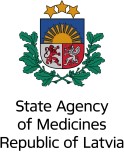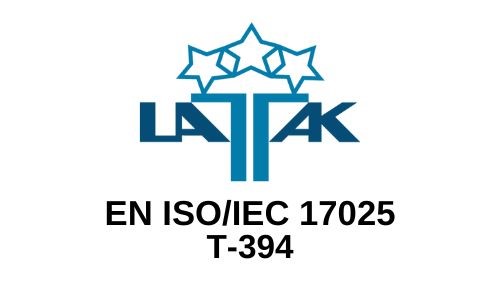Competent Authorities for Medical Devices meeting in RigaDuring the 36th Competent Authorities for Medical Devices (CAMD) meeting in February 2015 in Riga under the Latvian Presidency of the Council of the European Union the agenda focused on further developments building upon the achievements of the Joint Plan for Immediate Actions that arose out of the PIP Breast Implant scandal. In addition to reviewing the successful role out of the notified body joint assessment programme and confirming progress to finesse that activity in light of experience, the attendees learned about the development of databases in Latvia, Estonia and Turkey which are designed to enhance market surveillance capabilities. The primary focus of the meeting was a workshop designed to inform the development of enhanced collaborative programmes in the area of market surveillance of medical devices. This was one of the key work areas that were identified in the development of a series of key objectives for the CAMD over the next two to three years. These objectives were ratified by the plenary of the CAMD and will provide a focus for the work of both the CAMD Executive Group and the broader member state network. The objectives are detailed below. Market surveillance A sub-group of the CAMD Executive working with the Commission will develop a process to deliver an outline map of market surveillance activities and hand-off’s to other working groups. This will examine whether the current architecture is appropriate and where specific work should be lead from. The key underlying issue is the fact that enforcement is a horizontal activity but that should not infer that COEN is responsible for leadership on all aspects of the market surveillance.This will draw on previous work in this area, particularly that of the COEN, and input from COEN and other parties, including the Vigilance MDEG, will be actively sought. The Commission’s ‘20 actions for safer and compliant products for Europe’ will also provide a background for this process (PDF file). Documentation There was a widespread consensus that the number and variety of documents used to share information across the network was unhelpful. The CAMD Executive will work on a process to simplify this and engage the working groups in the exercise. The target of ‘one form for all’, whilst possibly over ambitious, was a good goal. Current priority list:
Joint-Action 2015 The COEN has submitted a proposal to develop a Joint Action on market surveillance in the area of Instructions for Use (IFU) and funding of 200,000 Euros has provisionally been allocated by the Commission. The Executive has suggested that this project be broadened to encompass the development of infra-structure to manage and execute future collaborative work and use the IFU project to pilot the processes and support tolls developed. Website The above Joint Action proposal will include the development of a CAMD website which can accommodate sections covering specific activities lead by member states (COEN being the most in need of a channel but also covering other activities that would benefit from coordination and public access). The website will have strong cross links to the Commission website to enable stakeholders to easily navigate the full range of activities taking place across the system as a whole. Clinical evaluation A cross-cutting exercise will be developed in the area of clinical evaluation. This will span the work of the CIE and NBOG and over time other working groups. The work will encompass development of guidance and training on clinical evaluation throughout the device life cycle: initially focusing on authorities and then to notified bodies and manufacturers. It is recognised that there is a great deal of work to be done in this area for all stakeholders and the system as such. An important goal will be to improve the current clinical/scientific resources and infrastructure available to authorities (and to notified bodies) and to assess needs for the future. This acknowledges the current challenges of the network in providing adequate training and recruiting clinical staff, accessing expertise and deploying expertise to best support the regulatory process. It is anticipated that the relevant working groups with the support of COM and CAMD will work on:
Working with chairs and Commission The CAMD Executive plans to meet with working group chairs and Commission staff on a regular basis (every 6 months) in order to better understand each other’s work, help to manage cross-cutting projects, share best practice and work on strategic issues.
|
Competent Authorities for Medical Devices meeting in Riga
19.05.2015.













